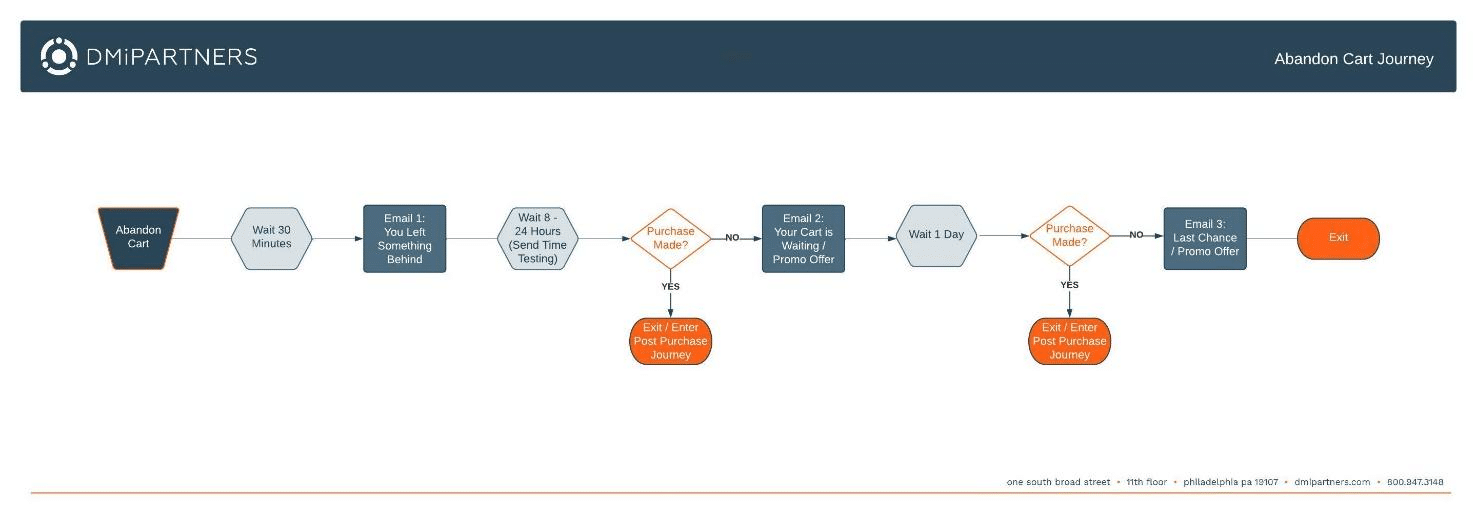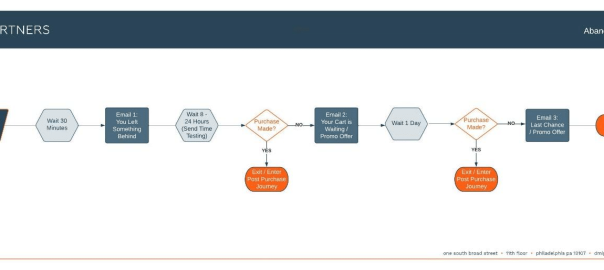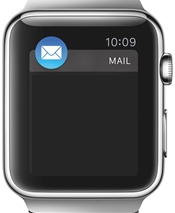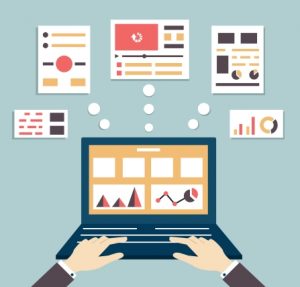Learn the potential business impact and benefits of implementing these six email automation workflows.
Automated email is one of the biggest — and most under-utilized — growth opportunities in marketing. Brands in every vertical can benefit from strategic automation. Yet, repeatedly, we see incredibly juicy low-hanging fruit in the client onboarding stage.
Our client portfolio is heavy in ecommerce, hospitality and food and beverage, which are particularly ripe verticals for email automation.
This article breaks down six email automations that should (but often don’t) drive substantial incremental growth, including:
- Post-purchase or post-shipment
- Welcome or account creation
- Birthday or anniversary
- Abandon cart
- Browse abandonment
- Re-engagement / “We miss you”
You’ll learn the potential business impact and benefits of each automation type. We’ll also look at misconceptions that keep marketers from putting these into play — and tech options to enable them.
Must-have email automations in focus
1. Post-purchase and post-shipment emails
A purchase from an ecommerce site is an opportunity to engage with that user on their new product. This could be shipment details/status, upsells, customer service information or content on the brand and community the customer just joined.
Especially for first-time purchasers, this journey can give the user a good experience and build a foundation for repeat purchases. The business impact of this automation is straightforward: increased revenue through customer LTV.
2. Welcome or account creation emails
Sending welcome emails is an opportunity to set the tone with new subscribers. We love to put this in place for CPG brands.
Tailor the experience and communication to fit the channel and content that draws new subscribers. Approach this series as an opportunity to set the tone on the frequency and type of communication users should expect.
We’ve mixed and matched promotion-heavy messaging with messaging that builds brand connection and equity. Both are content themes to test with your users. The business impact of this automation is more upper-funnel and nurture-focused. Metrics affected include:
- Time to purchase.
- Purchase frequency.
- Brand affinity.
3. Birthday or anniversary emails
Collecting birthday details at sign-up opens fun options to show appreciation for your users. Birthday emails offering small freebies, exclusive discounts or offers and ideas for using a brand’s products to help with a celebration are all effective ways for brands to build connections with their users.
The same is true for celebrating anniversaries of when users joined brand communities. Using automations to increase personal connections may sound unintuitive, but it’s a win for brands. Business benefits here are brand equity, brand awareness and incremental direct-response revenue.
4. Abandon cart emails
This journey is an absolute must-do for ecommerce brands. If users make it far enough in their web experience to put a product in their cart, they likely just need a small nudge or reminder to complete their purchase.
Abandon cart emails are a huge revenue driver. One of our most successful abandoned cart journeys is with an ecommerce client who started with 1-2 emails in the series. Many iterations and testing tactics later, the difference is absurd: 88% increase in total conversions and 150% increase in average total revenue compared with the basic abandoned-cart series.
Here’s what a built-out abandon-cart series might look like:

That might look like a lot of set-up work, but with an effective approach, you’ll get a huge return for your effort.
5. Browse abandonment
This is generally one step in the purchase journey before cart abandonment. Suppose a user is browsing your website and has been interested in a specific product or product category, but the product hasn’t made it to their cart yet. In that case, this is the time to sell them on that product and double down on that product’s use cases and benefits to get them over the finish line.
Though we don’t see the direct response levels of abandon-cart emails here, this step is a definite source of increased revenue.
6. Re-engagement / ‘We miss you’
Use cases for this audience segment sometimes come down to philosophical differences. Many enterprise-level businesses have a hard time letting go of unengaged subscribers because they believe that the more people they send to, regardless of engagement, the more traction they will get.
In the long run, without further nuance in engagement strategies, this isn’t generally true. Moreover, continuing to treat these users as if they were fully engaged can be detrimental to your sender reputation, unsubscribe rate and overall engagement rate.
Instead, I recommend understanding the level of engagement across your whole audience (high, medium and low). If someone falls into the low category, move them into a re-engagement workflow that sends less frequently and has content tailored to win them back. The goal is to nurture these users back into the funnel of a high- or medium-level subscriber.
If your leadership sets KPIs and goals based on new subscriber and total subscriber volume without regard for best email practices, push back and argue for putting unengaged users on their own path.
The metric to watch here is the conversion of little-engaged users into medium or high segments of engagement.
What will enable marketers to use these automations?
I’m always surprised when the above series aren’t in place, which happens too often. So what’s holding brands back? In short, data and tech capabilities and the idea that the potential payoff isn’t worth the effort.
One of the common denominators for brands under-utilizing these automations is a poor data set-up in their ESP (email service provider). Sometimes:
- They have several fields mapped to the same data type.
- They are not collecting the right data at al.
- Their data mapping is all over the place.
We’ve taken on a lot of data hygiene projects as a preliminary step for effective email automation. If brands can’t do this in-house, there are plenty of partners out there to help.
Another common scenario is a lack of integration between a brand’s site and ESP. This requires IT resources, but the ROI from simply setting up a cart-abandonment series will prove positive quickly.
Of the above automations, three require minimal API work. The all-important welcome series is straightforward to set up via API. The birthday and re-engagement series can be run directly from your ESP, with no API required beyond triggering new records from your website into the ESP.
Martech stack recommendations
All the opportunities described above come down to having a good ESP. As much as I love Salesforce Marketing Cloud, Klaviyo is the option I’d recommend if you have limited internal IT resources.
Beyond featuring a great integration with Shopify, it has many out-of-the-box options marketers can simply turn on and start testing. (That said, if you have a lot of resources and data and don’t use Shopify, Salesforce and Emarsys are each likely a better fit because of the sheer scope of functionality.)
Getting started
While fully developed sequences and growth to match are the goal for each of these automations, you’ll never get to step 10 if you don’t take step one. If this means taking a hard look at your data hygiene and making sure you’ve got the basic functionality of your ESP working to start, that’s time extremely well spent.
Get those in line and automate an email or two at each of the six stages above, and your email game will be ahead of many big-name brands.
The post 6 must-have, underused email marketing automations appeared first on MarTech.
MarTech(27)
Report Post


